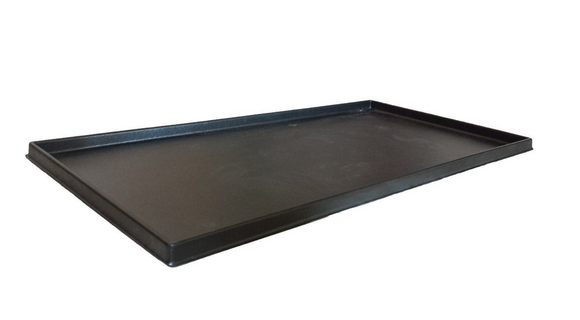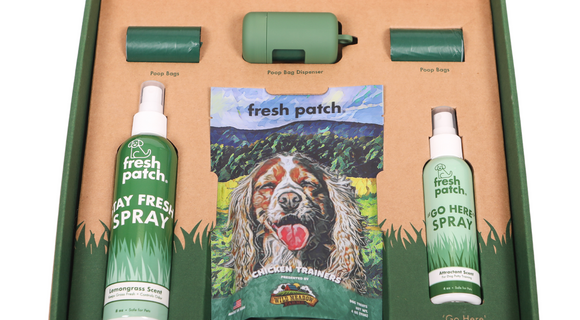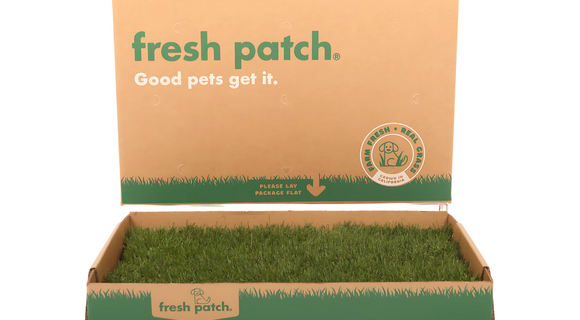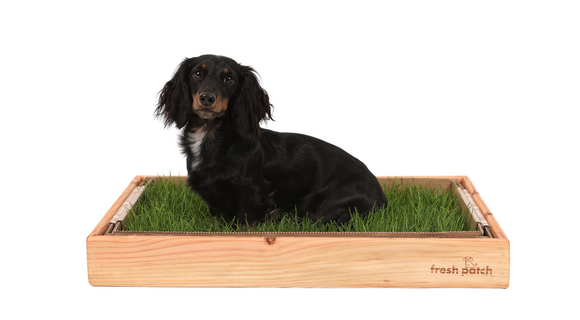How to Curb the Fur
Short dogs, tall dogs, long tails, no tails: all dogs are different! And one thing that's different about every dog is its fur. Dogs can have many kinds of fur, which means that their grooming needs are different. Various types of fur can also cause various levels of shedding. Here are some tips on how to categorize different types of dog coats and how to care for your pup's fur.
Hairless Coat
This type of coat is pretty self-explanatory. Hairless dogs have no cat. While they might have light fluffs of fur on their body, their base coat is simply their skin! Hairless pups don't really need to be brushed (obviously) but you'll still need to regularly bathe them and use shampoo. When outside, make sure to protect a hairless pup's skin with doggy sunscreen (yes, it exists).
Dog breeds with this coat: Chinese Crested, Mexican Hairless
Smooth Coat
One of the shortest coats (aside from a hairless coat) is a smooth coat. Smooth fur feels smooth to the touch and is very short. While a smooth-coated pup may not get tangles in their fur, it's still important to brush them and bathe them. Bristle brushes are best for smooth fur. Use a brush to go against the direction of your pup's fur and end by brushing in the direction of your dog's fur.
Dog breeds with this coat: Dachshund, Bull Terrier, Foxhound
Double Coat
Double coats can look unassuming, but they can come with a lot of shedding. Double coats will require much more grooming than many other types of coats. The reason is that double coats, whether they come with short or long hair, have two layers of fur. The undercoat is full of fur that can tangle easily as well as cause extensive shedding. When you brush double-coated dogs, you'll need to brush out the undercoat first (outward from the skin) and then brush the topcoat. After you've done this, use a wide-toothed comb (especially on long-coated dogs) to brush over everything.
Dog breeds with this coat: Chow Chow, Husky, Corgi, Akita
Wire Coat
Wire coats are, well, wiry! These coats have a rougher quality than other coats. These types of coats need different brushes than other types. Because a wiry coat can get mats and tangles, you will need to use a stripping comb to start with. This brush will help remove tangles and thin out the coat. After using the stripping comb, you can use a regular brush to go back over the wiry fur.
Dog breeds with this coat: Airedale Terrier, Wirehaired Vizsla, Affenpinscher
Curly Coat
Curly haired dogs can have rough curls or soft curls, but either way, those curls need to be taken care of. A soft, slick brush is perfect for curly-haired coats. Use the brush against your pup's fur in order to fluff up their curls and help them look cuter than ever. If you want extra fluff, you can blow-dry your dog after you bathe them.
Dog breeds with this coat: Poodle, Portuguese Water Dog, Bichon Frise
Long Coat
Last but not least... long coats! Pup with long fur can be found everywhere, but it doesn't mean they're all the same. Long-haired coats can range from rough to silky, which can change the way you groom them. Long-haired pups with coarser fur need to be brushed with both a bristled brush and a slick brush in order to remove their tangles. Silky-haired pups are okay with just a slicker brush, but you should be careful to remove mats and tangles.
Dog breeds with this coat: Irish Setter, Lhasa Apso, Maltese
No matter what coat your pup has, always make sure to brush them reguarly (once a day for thicker coats and once a week for short coats) as well as bathe them regularly. A clean, untangled pup is a happy pup!
Give your PET the gift of REAL GRASS with FRESH PATCH!
Perfect for potty training and play enrichment. Our farm-grown pet grass is a natural solution that’s easy to use and delivered right to your home!






